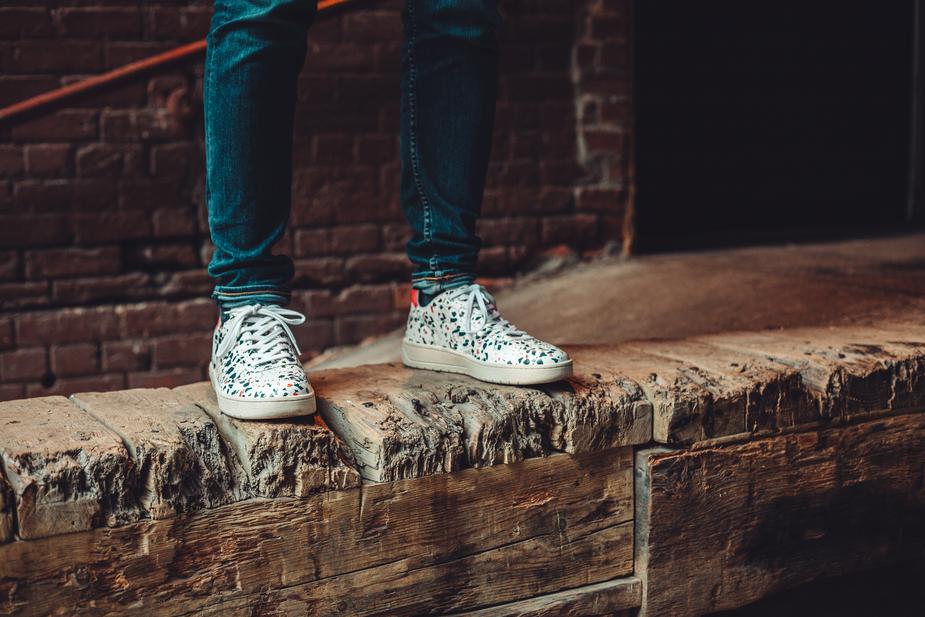
Covid-19 Update: New research from the Princess Cruise ship found the Coronavirus lived on surfaces in the ship’s cabins 17 days after passengers left, according to the CDC.
Once upon a time, we had a post go viral. That post Shoes Transmit Disease, Leave Them by the Door, reported on a study finding deadly E. Coli bacteria was tracked into our homes from our shoes. What about the Coronavirus?
Yesterday, I went for a walk careful to maintain social distance from anyone on the trail. I passed a cluster of college-age people who clearly were not adhering to cautionary orders to stop the spread. One of them even spit on the ground near where I was walking! I left my shoes outside when I got home, but I wondered if my car floor was now contaminated should the person have been a carrier of the virus.
First, we must understand what is Coronavirus is
I refer to Michelle Barry of Stanford University to explain:
The name “coronavirus” comes from a series of viruses that are found in bats. There are about 1,300 species of bats. And at any one time, there are about six to eight coronaviruses that are circulating in bats. So, there are many different species of bats. There are only seven species that have been known to infect man so far, four of which we all know very well. They cause the common cold, and there are three that are more deadly: SARS1, SARS2 and MERS. The term “corona” comes from the halo that is seen around the virus, with the spikes that come out of the coronavirus when you look at it under electron microscopy.
Doctor: As Coronavirus Cases Spike Worldwide, We Need Global Cooperation to Halt Spread
Second, how is the Coronavirus spread?
The World Health Organization explains, though this information has not been updated since March 9, 2020 and only recommends three feet of social distancing, which we know now is not enough:
People can catch COVID-19 from others who have the virus. The disease can spread from person to person through small droplets from the nose or mouth which are spread when a person with COVID-19 coughs or exhales. These droplets land on objects and surfaces around the person. Other people then catch COVID-19 by touching these objects or surfaces, then touching their eyes, nose or mouth. People can also catch COVID-19 if they breathe in droplets from a person with COVID-19 who coughs out or exhales droplets. This is why it is important to stay more than 1 meter (3 feet) away from a person who is sick.
Q&A on coronaviruses (COVID-19)
So, this has to do with the size of the droplets and how they’re actually suspended in air. The size of the droplets for SARS2, or COVID-19, are larger droplets, and they fall, and they fall way within six feet, which is why we have these six-foot distance that we’re asking people to stay away from, although healthcare workers are at much higher risk when they do aerosolizing procedures…
Again, it’s not an aerosolized virus. When you’re at home, or when you’re at all touching — be very careful when you’re outside touching doorknobs, touching elevator buttons. In SARS1, not COVID-19, but very related, one of the epidemics occurred in an elevator, touching buttons.
“This Is a War,” Says Doctor on COVID-19. “We Are at the Beginning of a Surge, and It’s Terrifying.”
Can you track the Coronavirus into your house on your shoes?
What happens if you step on one of these large droplets of Coronavirus? In theory, yes, you could get the virus from your shoes if you touch them, say taking them off, then touch your eyes, nose, mouth.

Studies are finding the Coronavirus can live on some surfaces for a couple of hours to days. In particular, the virus can live up to three days on stainless steel and plastic according to the New England Journal of Medicine.
Most shoe soles are made of rubber, polyurethane, plastics, and/or PVC, and thus would probably be of longer duration for virus survival. That being said, in general, viruses do not survive long in porous surfaces such as dirt.
The likelihood you will pick up the virus from the ground depends on the surface you are walking on and the material of the sole of the shoe, as well as how long ago someone shed a Coronavirus droplet on the ground.
To be safe, leave your shoes outside your home and wash your hands immediately after removing them.
There are a lot of reasons why you shouldn’t wear shoes in the house beyond just keeping your floors cleaner. For example, herbicides can be tracked into your house from the soles of shoes where they can remain for a year.
The risk of getting the Coronavirus from our shoes is probably very minimal but not impossible. As the New York Times advises:
When you get home, take off your shoes, hang up your coat and immediately go wash your hands for 20 seconds with soap and water.
How to Clean Your Home for Coronavirus
Leave a Reply